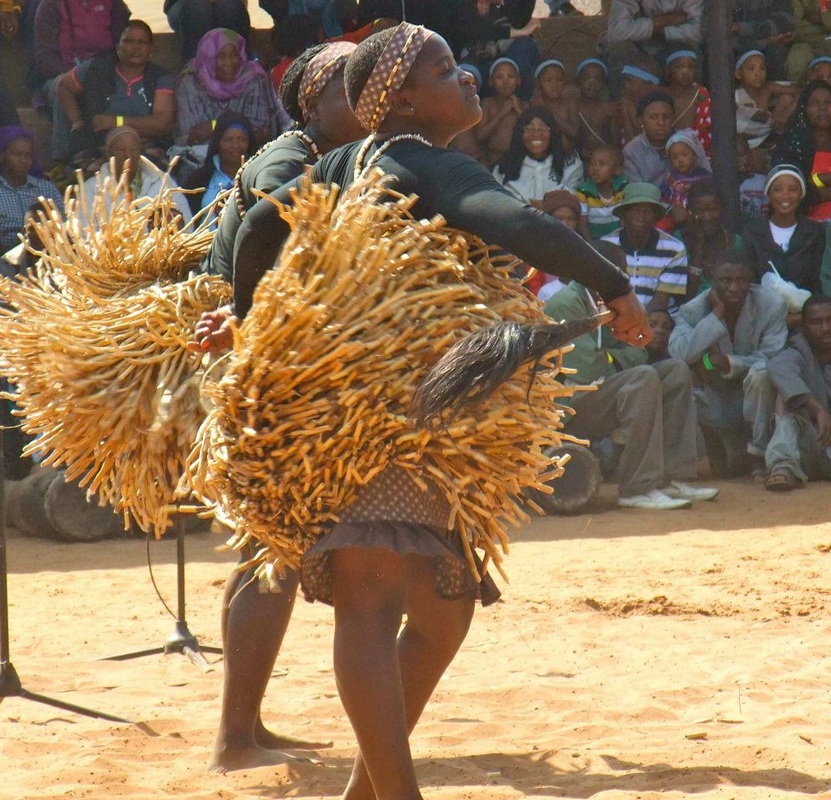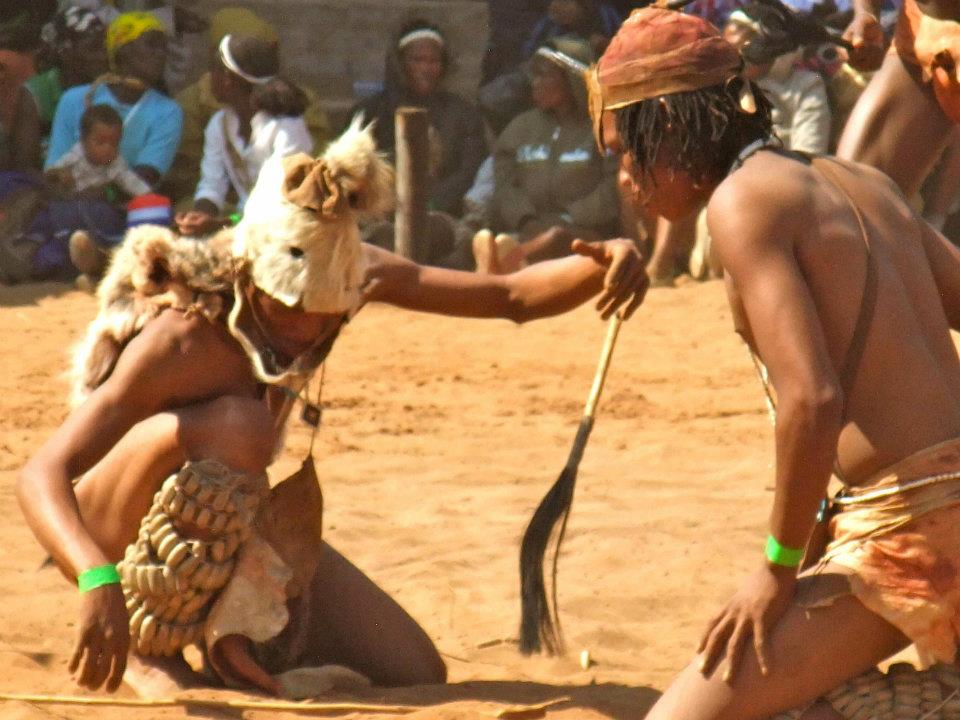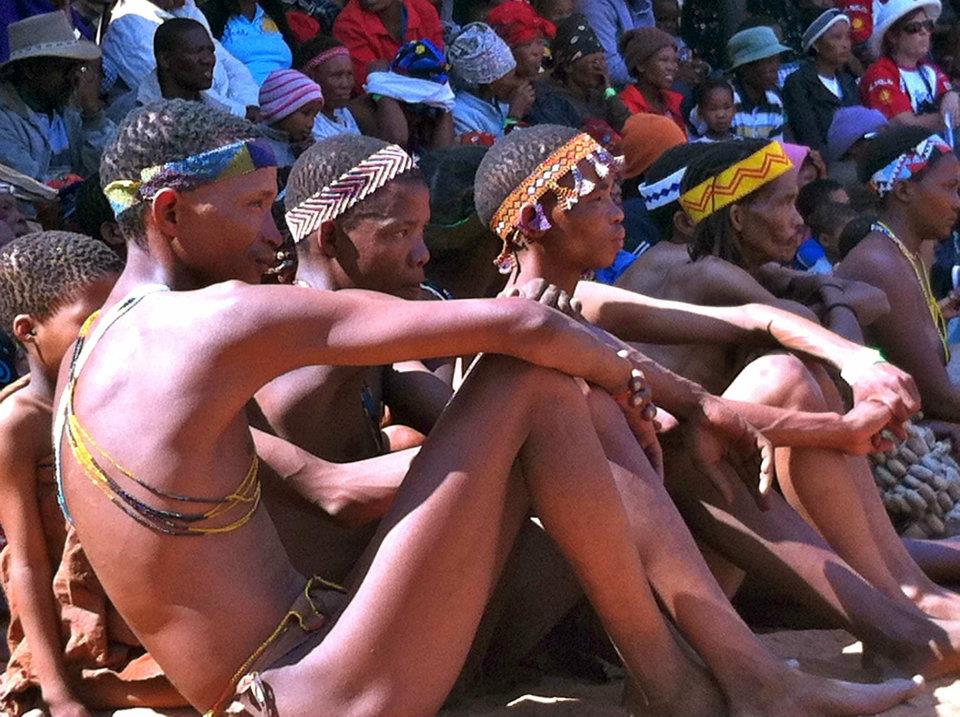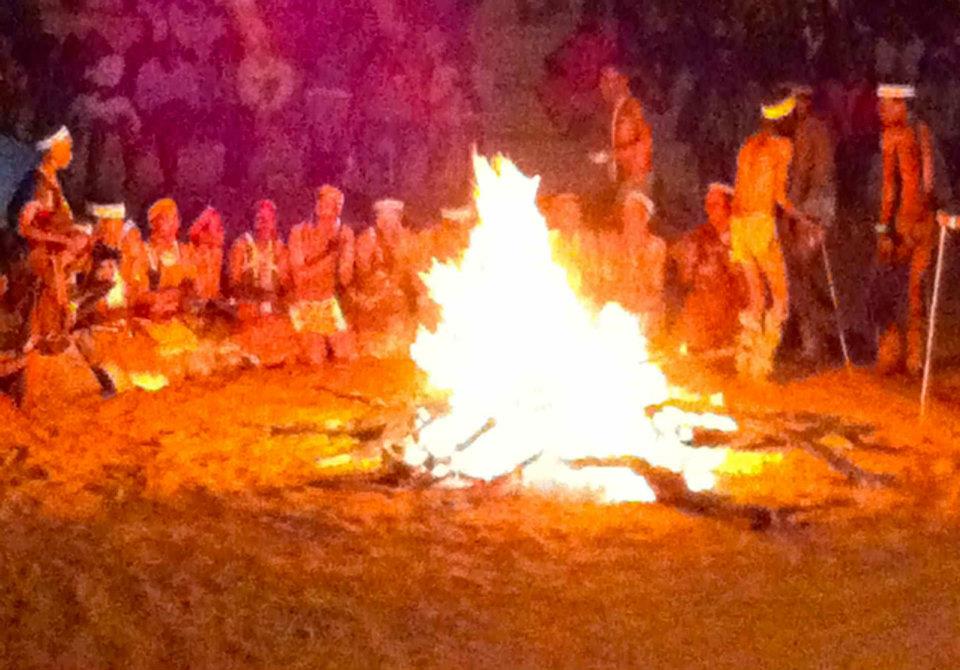 Delhi dark and bright There’s a craft fair at Dilli Haat, a pleasant open-air market reputedly less hectic than the bazaars in Old Delhi. Many stalls have fixed prices, which will be a relief. We’re already worn out by the constant haggling even the simplest auto rickshaw ride entails in this country. (Meters are fitted in the auto-rickshaws in Delhi but the drivers disable them, claiming the set rate is unreasonably low. General consensus from commuters seems to support this, so drivers and passengers work it out equitably. Tourists, however, are a fleece-fest. ‘How much to Dilli Haat?’ we ask the first rickshaw walla. ‘80 rupees.’ (Locals tell us it should cost no more than 40 from where we are based.) ‘Eissshh, bhayia, we will only pay 40.’ ’70,’ he spits, his offer accompanied by an emphatic stream of crimson betel juice. We now go into the good tourist/bad tourist routine as advised by Dave Prager in his memoir, Delirious Delhi. This involves one of us walking away in disgust, urging the others to come along so we can find an ‘honest injun’. ’60!’ the walla shouts to our retreating backs. We ignore him as he kerb-crawls alongside, the price dropping the nearer we get to rival rickshaws (where we’ll have to start the haggle all over again.) 50 rupees is our meeting point and we set amiably off for an adrenaline rush through Delhi’s traffic chutney. We will never be charged the same as the locals; acceptable if one is holidaying in India (the difference translates into less than a pound so quibbling feels petty) but for residents like Son, being ripped off on a daily basis because he looks non-Indian, rankles. He earns no more than an Indian charity worker and doesn’t have time to report every huckster to the police, as the government urges citizens to. Prager points out that less than 19% of Indians pay income tax. Credible; so many of the businesses operate in the er, informal sector. But nevertheless the Indian economy is taking off. Yet little seems to be allocated for much education of the poorest. Classrooms are dark, there is no teaching equipment besides a blackboard, the buildings are decaying, teachers wages are shameful and in a recent educational report, one of the reasons cited for the high attrition rate of girls, post-primary school, is not early marriage nor compulsory housekeeping – it’s lack of toilet facilities; often there are none – pupils use the ubiquitous open sewers – or if there are loos, they are seldom segregated. A daunting prospect if you’ve just started your periods. And it could be dangerous. There have been instances of girls attacked in school toilets. It was hard to remember this dark side of Delhi as we walked through the marigold-strung curtains of Dilli Haat into a rainbow world. Here was a kaleidoscope of colour, texture, taste and textile. A regional fair was on, and stalls were stacked with the best handicrafts from various areas around the subcontinent. I was dazzled by Bengali, Kashmiri, Gujarat, Tamil Nadoo, Rajasthani, Himal Pradesh, etc, etc designs, in slippers, sandals, bangles and belts, bags, baskets and pottery, carpets, wall hangings, bedcovers, papier maché ornaments. And pashminas. Piles of them, of every quality, colour and pattern. All were hand-loomed, which struck me as extraordinary in this computerised machine age. Meanwhile Husband followed his nose to the food stalls. I eventually found him at the gol gappa stand. Gol gappa are small fried pastry puffs. They are pierced by a thumb, dunked into a vat of steaming tamarind soup and customers down them in one satisfied slurp. We drooled but didn’t dare sample one; the cook’s thumbnail looked like a Delhi belly risk. But we did try jalebis, crisp strands of syrupy pastry dipped into warm, fragrant milk. The milk is served in individual disposable earthenware cups, making bio-degradable instead of plastic/paper cup waste. And no doubt keeping local potters in business. The global fast food chains should adopt the practice. Later we visited Hauz Khas village: a maze of trendy eateries and boutiques. It was interesting to see contemporary interpretations of traditional Indian design, in clothing, housewares, jewellery and art. I was bewitched by the work of Kolkuta sisters, Mona and Pali, fairy godmothers of the Indian fashion industry who revived Indian embroidery styles like kantha and folk art forms like madhubani by incorporating them into their spectacular couture. No wonder both Holly- and Bollywood stars buy here. On our way out, I stopped to watch a young woman, graceful in a grimy sari, working on a building site. Her task was rubble removal, assisted by two patient donkeys with enormous panniers. A young Indian man in designer Western dress with matching iPhone overhead my observation about how hard this woman's work was. 'You are looking at the nasty things of Delhi', he admonished me.
1 Comment
Leave a Reply. |
AuthorWriter, dancer, teacher. A bit adventure-prone. Archives
December 2013
Categories
All
|

 RSS Feed
RSS Feed






